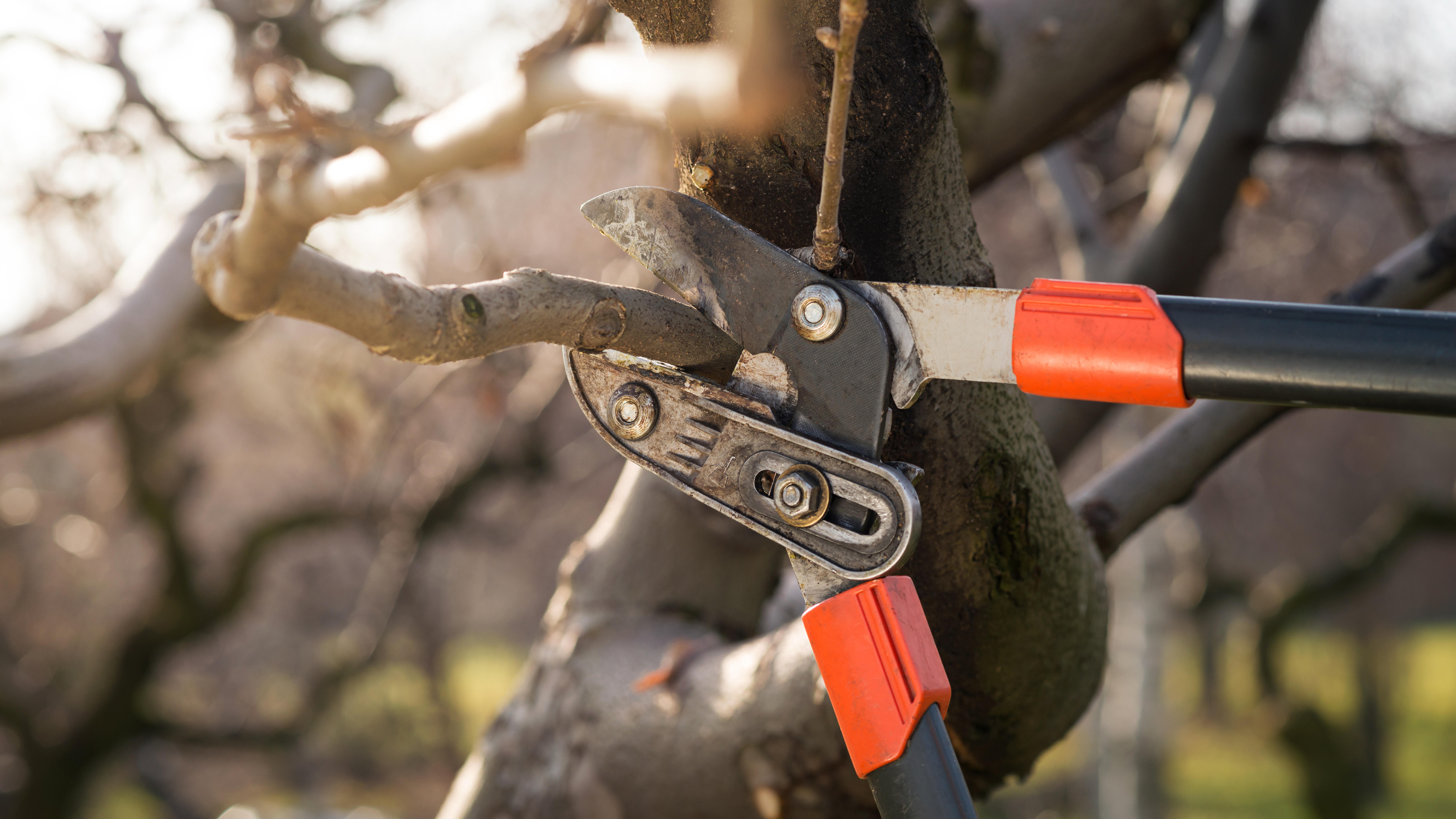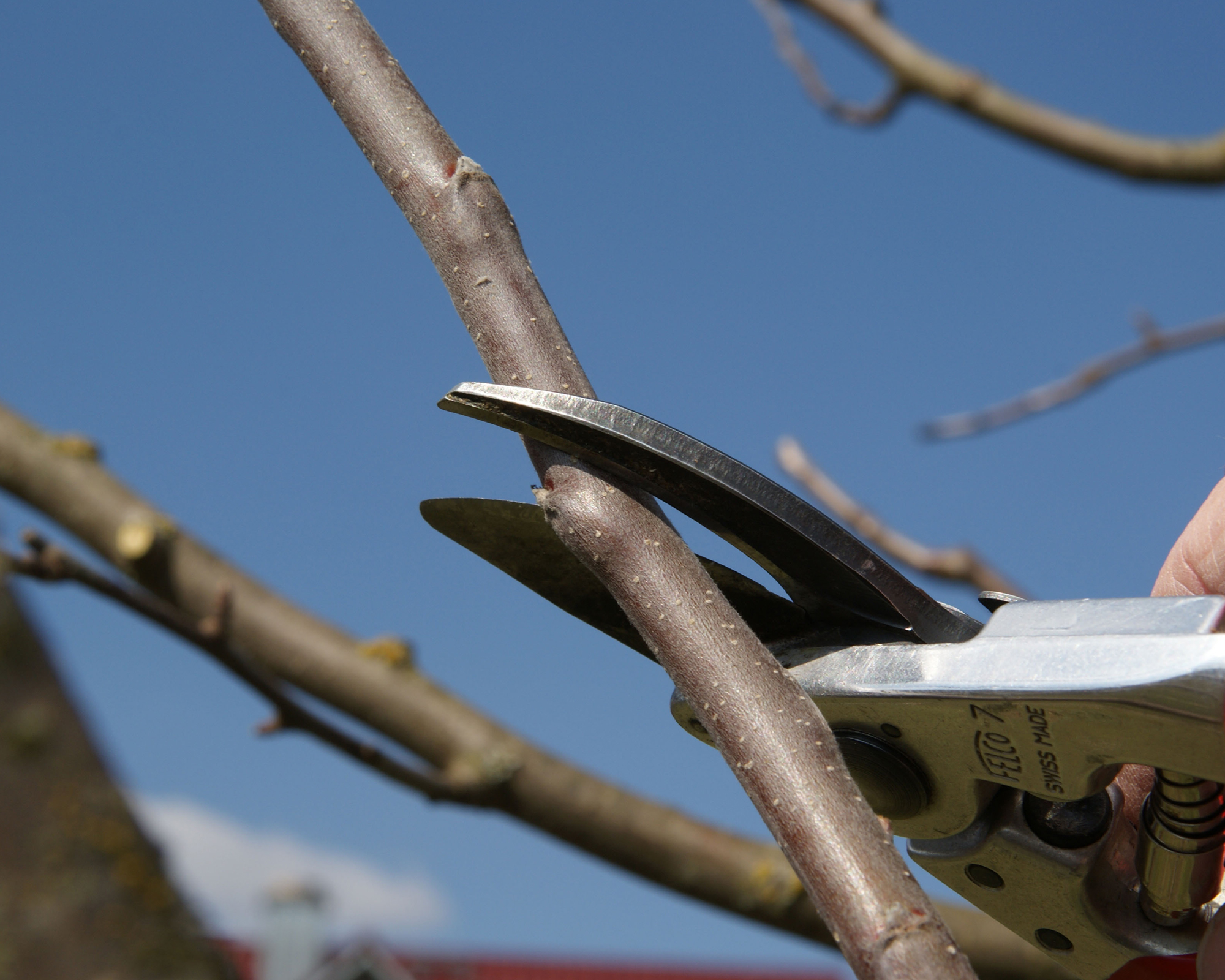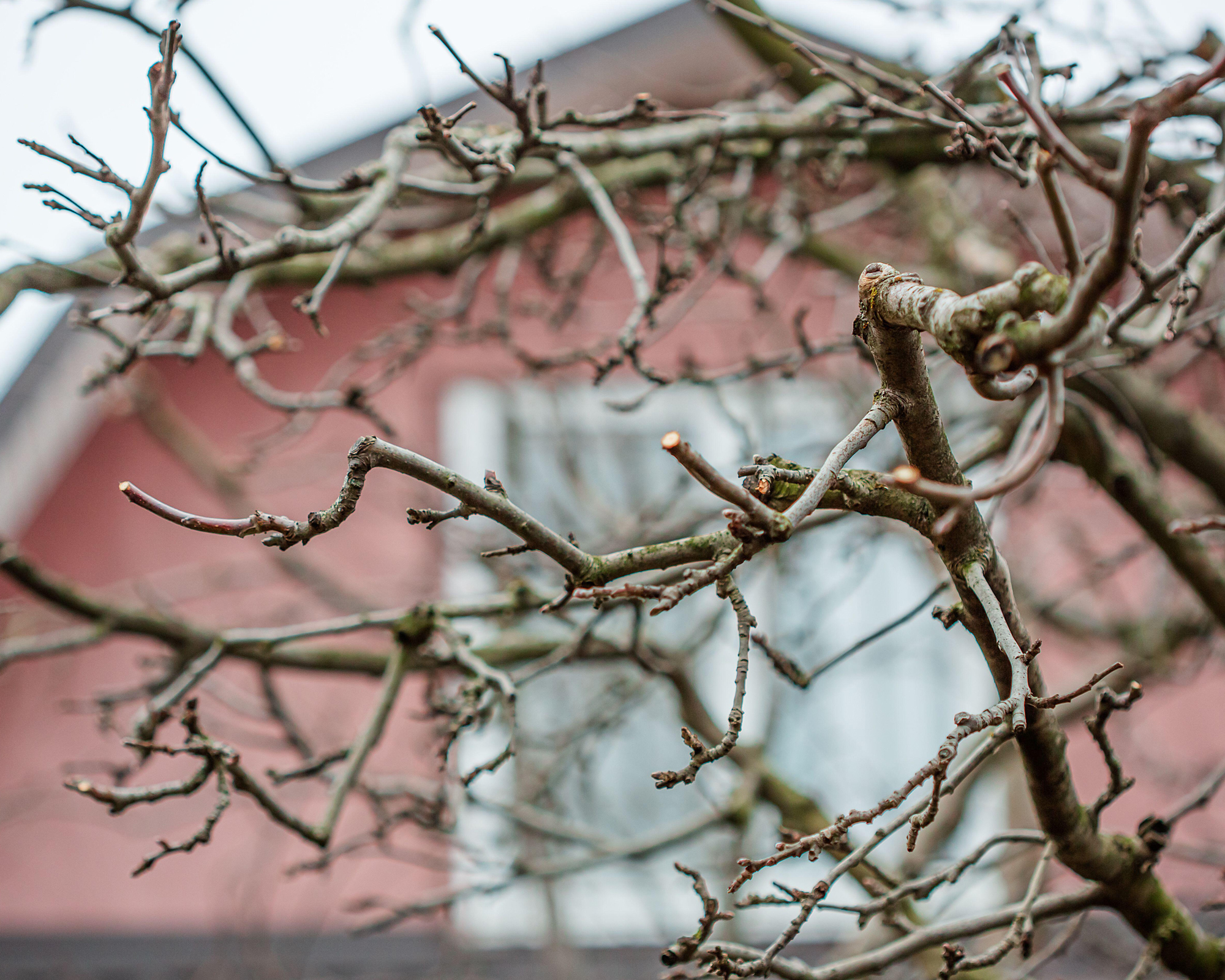The one thing you need to know about winter pruning apple trees, according to an arborist
A tree expert gives a top tip for winter pruning apple trees correctly

Winter pruning apple trees is an essential task for any apple tree grower. Leave an apple tree to its own devices, and you will likely have a tangled mess of branches, and not very much fruit next year.
While pruning shrubs incorrectly probably won't kill your hedge, pruning apple trees incorrectly will very likely affect your apple harvest, so you want to make sure you're doing it at the right time and in the right way.
We've asked Codey Stout, a professional arborist with over 20 years' experience and Head of Operations for TreeTriage, to name the one thing every grower should know about pruning their apple trees in winter. Here's what he had to say.

When is the correct time to be winter pruning apple trees?
First, however, it's important to know when to prune your apple trees. It is very important to only prune apple trees once they are dormant – that is, after you're done with harvesting apples and they are completely bare. Your safest bet is to wait until November, or later if fall is mild where you are, because you want to make sure you're not pruning branches with sap running through them.
Once your apple trees are dormant, you can prune them at any point before they start actively growing again, which is usually in March.
- Need tips on how to prune a plum tree, too? Our guide is full of useful advice.
An arborist's top tip for winter pruning apple trees
Codey explains that 'pruning apple trees in winter allows you to grow them in the shape that you want while maintaining their vigor.' Typically, you want to prune your apple tree in such a way that there's plenty of air circulating inside the tree, with a neat goblet-shaped structure of main branches on the outside.
Codey says that in order to get this healthy shape, you should always aim to cut the bigger branches first. This may feel counterintuitive, but you want to be bold with your apple pruning. According to Codey, 'damaged smaller branches may be easier to see, but you should trace back to the bigger branches to see how much damage is there. You can save time by cutting the bigger portion altogether.'
Codey urges gardeners not to be afraid of cutting their apple trees – you want to cut out all the damaged branches back 'to the healthy portions, to prevent diseases from spreading and ensure that you'll be left with a clean apple tree.'

Of course, if you're cutting thick, sturdy branches, you'll need the best secateurs or best loppers you can find, and they need to be really sharp – 'pruning your apple trees using sharp tools ensures that you make clean cuts. This will help the tree heal faster and avoid future issues.'
Looking after your tools properly will ensure that you're able to minimize any further damage to your tree; Cody advises to 'clean your pruning tools before starting the job, and rest occasionally to resharpen them.'
Armed with sharp tools, you needn't fear giving your apple trees a thorough winter prune – they'll come back better and stronger next year.
Anna writes about interior design and gardening. Her work has appeared in Homes & Gardens, Livingetc, and many other publications. She is an experienced outdoor and indoor gardener and has a passion for growing roses and Japanese maples in her outside space.
